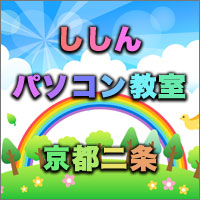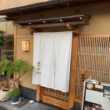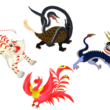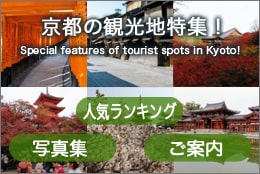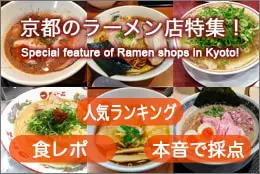Kodo Gyoganji Temple
Posted date:2025-05-22Author:じゅうべい(Jubei) Transrator:ポンタ(Ponta)
Category:Buddhist Stories , Kyoto tourist spot , Talk about Kyoto
広告
adsense4
I see, this is the “Kodo Gyoganji Temple.”

I was deeply moved by my visit to Gyoganji that day. Gyoganji is a temple of the Tendai sect, founded in the middle of the Heian period (1004) by Kawa Hijiri Gyoen in Ichijo Ogawa (Kamigyo Ward) (the principal deity is a statue of the eleven-faced thousand-armed Avalokitesvara Bodhisattva). Gyoen’s activities earned the temple the deep faith of the people, and the temple once prospered greatly as a machido (town hall).
However, due to frequent fires, the temple was moved from place to place, and after the great fire of 1708, it was moved to this location (Kyoto City Nakagyo Ward).

Gyoen: From “Shuko Jusshu” (Reprinted from Wikipedia)
In the past, under the leadership of Gyoen Shonin, a variety of Hokkeko-e ceremonies were held here, and it is known as a place where many people connected with the salvation of the Buddha. The Hokkeko-e is a ritual in which the teachings of the “Lotus Sutra”, which teaches that “all beings are equally Buddhas and are guided to peace and happiness,” are conveyed in a dramatic manner that is easy to see and understand. In the past, people attended such lectures to connect with the Buddha and to receive mental and physical salvation.
In doing so, Gyoen Shonin is said to have worn a deerskin robe and a crown of incarnated Buddha, and to have held a dharani of the thousand-armed Avalokitesvara Bodhisattva. He was dressed like Kannon, the Amoghapasa Kannon, who is said to be able to save all sentient beings with a snare (a trap) in her hand, likened himself the Kannon who guided people.
 (Image)
(Image)
Note: This image is not from Gyoganji Temple.
It is said that Gyoen Shonin, who became the Kannon (Goddess of Mercy), worked hard to guide people suffering from worldly afflictions to a state of peace and transquility through various Hokkeko-e.
“If you accumulate good deeds in accordance with your status, ability, and financial resources, the path to salvation will surely open up ahead of you. To everyone equally.”
The holly place of the Buddha where we can all share the story of “Lotus Sutra” that teaches these teachings and be blessed with salvation. When I turned my attention to Gyoen Shonin’s activities, I also wondered if Gyoganji might be a place that could be called such.

In the mid-Heian period, Gyoganji Temple held a great variety of Hokkeko-e, one example of which is the ritual called “69,300-odd Lotus Sutra Manto-e.” This puja, which began on March 16, 1018 and lasted at least until March 24, is said to have been a dramatic reenactment of the magnificent rebirth in paradise.
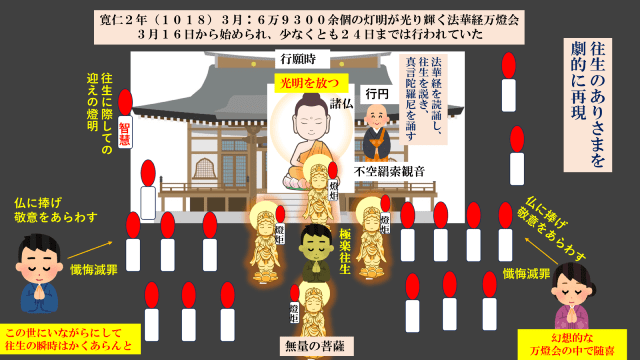
An illustration (created by the author) that I attempted to create based on Reiko Katuura, “Characteristics of the Religious Activities of Hisei Gyoen” (Nara Heian Period Historical Review, Yoshikawa Kobunkan, 1984).
・In the midst of the Manto-e, where these are radiating, the first of the various Buddhas and Bodhisattvas to lead the people of the world in the coming and going of Buddha, Hisei Gyoen, in the form of Kannon, recites the “Lotus Sutra,” preaches about rebirth, and recites the Shingon Dharani.
・And the people who visit Gyoganji Temple and the fantastic Manto-e (Buddhist lantern rites) are delighted to see how the moment of death and rebirth is like while still in this world.
Manto-e is a puja in which 10,000 lamps are lit and offerings are made to the Buddhas and Bodhisattvas in order to repent for the sins and to eliminate the evil deeds. Lanterns are likened to the wisdom of the Buddha, which breaks through the darkness of vexations that bring suffering.
“In the fantastic world of the arrival and departure of Buddhas and Bodhisattvas, we can experience a simulated rebirth in paradise and rejoice together in the salvation of the Buddha. Buddha’s salvation actually exists right there. Buddha is actually always there. Buddha is always with us.”
When I learned of the “69,300-odd Lotus Sutra Manto-e” rituals and experience them through history, I had such thoughts.
And then I thought to myself, “Temples can be a place of life for people who are living with worldly hardships.”
Reference books:
・Seitoku Hirabayashi, Historical Studies for Hijiri and story (Yoshikawa Kobunkan, 1981)
・Reiko Katuura, The Characteristics of Religious Activities of Hisei Gyoen), Nara Heian-period Historical Review, Yoshikawa Kobunkan, 1984)
・Hajime Nakamura (ed.), Koji Fukunaga (ed.), Yoshiro Tamura (ed.), Tatu Konno (ed.), and Fumishi Sueki (ed.), Iwanami Buddhist Dictionary, Third Edition, pp. “Memorial Service,” “Lantern Service,” “Manto-e”, and “Perdition” (Iwanami Shoten, 2023).
Reiyu-zan Kodo Gyoganji Temple
- The address:
〒604-0991 Kyoto City Nakagyo Ward Teramachi Street Takeya town Noboru Gyoganji-mae Monzen-machi. - TEL: 075-211-2770
- URL: https://kaudau.jp/
- X: https://x.com/i/flow/login?redirect_after_login=%2Fhashtag%2F第十九番革堂行願寺%3Fsrc%3Dhash%26ref_src%3Dtwsrc%255Etfw
- Facebook: https://www.facebook.com/pages/革堂(行願寺)/202579059790592/#/
- Instagram: https://www.instagram.com/gyoganji_temple/
- Fee for worship: free
- Viewing hours: 7:00-17:00
- Sutra delivery hours: 8:00-17:00
- Transportation access:
10 minute-walk after getting off at Keihan Train Jingu Marutamachi Station - About parking: Please use the paid parking lot on Teramachi Street diagonally northwest of the gate.
Author
じゅうべい(Jubei)
Hello everyone. I am Jubei, an earthling whose energy does not stop today. What I like is playing (manga, movies, music (J-Rock, etc.) and visiting cafes). Thank you for your understanding.
